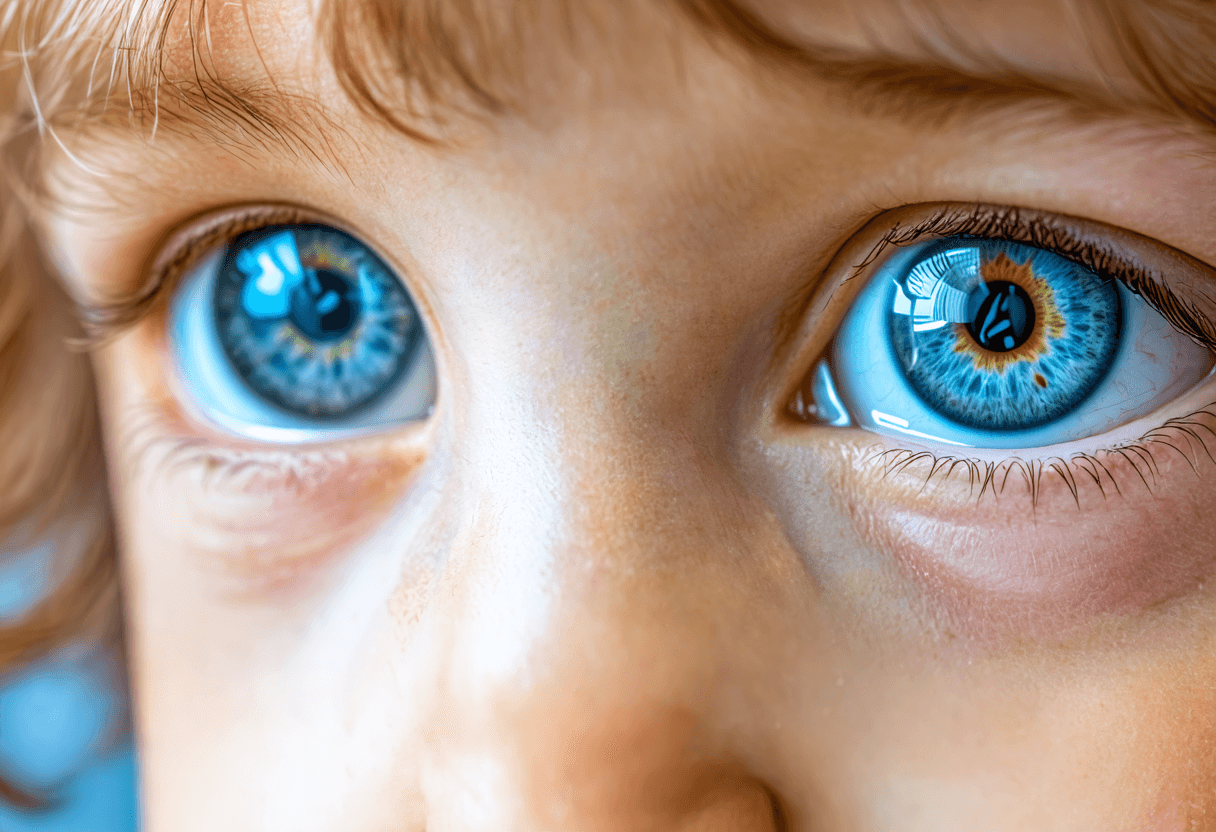
Glaucoma in Children: What Parents Need to Know
29 Oct, 2024
 Healthtrip
HealthtripAs a parent, there's nothing more precious than the health and well-being of your child. And when it comes to their eyesight, you want to ensure that they can see the world with clarity and precision. But did you know that glaucoma, a common eye condition that can lead to vision loss, can affect children too? While it's more commonly associated with older adults, pediatric glaucoma is a reality that parents need to be aware of. In this article, we'll delve into the world of glaucoma in children, exploring its causes, symptoms, diagnosis, treatment options, and what parents can do to protect their child's vision.
What is Pediatric Glaucoma?
Glaucoma is a group of eye conditions that damage the optic nerve, which carries visual information from the eye to the brain. In children, glaucoma can be present at birth or develop later in life. Pediatric glaucoma can be classified into two main categories: congenital glaucoma and acquired glaucoma. Congenital glaucoma is present at birth, often due to genetic mutations or developmental abnormalities, while acquired glaucoma develops later in life, often as a result of injury, infection, or other underlying medical conditions. According to the American Academy of Ophthalmology, approximately 1 in 10,000 children are born with congenital glaucoma, making it a relatively rare condition.
Most popular procedures in India
Symptoms of Pediatric Glaucoma
Unlike adults, children may not exhibit obvious symptoms of glaucoma, making it crucial for parents to be vigilant and proactive. Some common signs of pediatric glaucoma include:
- Enlarged eyes or corneas
- Cloudy or hazy vision
- Sensitivity to light
- Frequent eye rubbing or squinting
- Redness or swelling of the eyes
- Pain or discomfort in the eyes
Wellness Treatments
Give yourself the time to relax
Lowest Prices Guaranteed!

Lowest Prices Guaranteed!
Diagnosing Pediatric Glaucoma
Diagnosing glaucoma in children can be challenging, as they may not be able to articulate their symptoms or cooperate with eye exams. However, pediatric ophthalmologists and optometrists use various tests to detect glaucoma, including:
- Visual acuity tests to assess vision clarity
- Refraction tests to determine the correct prescription
- Tonometry to measure eye pressure
- Ophthalmoscopy to examine the optic nerve and retina
- Imaging tests, such as ultrasound or optical coherence tomography (OCT), to visualize the eye structures
Treatment Options for Pediatric Glaucoma
Treatment for pediatric glaucoma usually involves a multidisciplinary approach, combining medical and surgical interventions. Medications, such as eye drops or oral medications, may be prescribed to reduce eye pressure or alleviate symptoms. In some cases, surgery may be necessary to repair or replace damaged eye structures. In severe cases, corneal transplantation may be required. At Healthtrip, our network of experienced ophthalmologists and medical professionals work together to provide personalized treatment plans tailored to each child's unique needs.
Lifestyle Changes to Support Your Child's Vision
While medical interventions are crucial, there are several lifestyle changes that parents can make to support their child's vision health:
- Encourage regular eye exams and follow-ups
- Monitor your child's eye health and report any changes to their doctor
- Ensure your child wears protective eyewear during sports or activities that may pose a risk to their eyes
- Provide a balanced diet rich in omega-3 fatty acids, antioxidants, and vitamins essential for eye health
- Limit screen time and encourage outdoor activities to reduce the risk of myopia (nearsightedness)
Conclusion
Pediatric glaucoma is a serious condition that requires prompt attention and care. As a parent, it's essential to be aware of the risks, symptoms, and treatment options available. By working closely with your child's healthcare provider and making informed lifestyle choices, you can help protect their vision and ensure they can see the world with clarity and precision. At Healthtrip, we're committed to providing you with the resources and support you need to navigate your child's eye health journey. Don't hesitate to reach out to us for guidance, advice, or to schedule a consultation with one of our experienced ophthalmologists.
Related Blogs
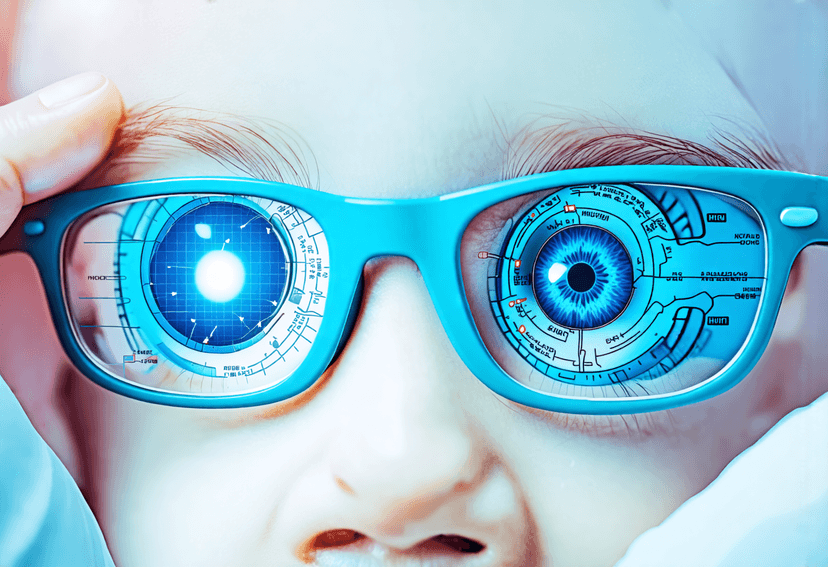
Revolutionizing Amblyopia Care
Explore the cutting-edge treatments and therapies that are changing the

Nutrition and Lazy Eye
Discover the role of nutrition in lazy eye, including foods
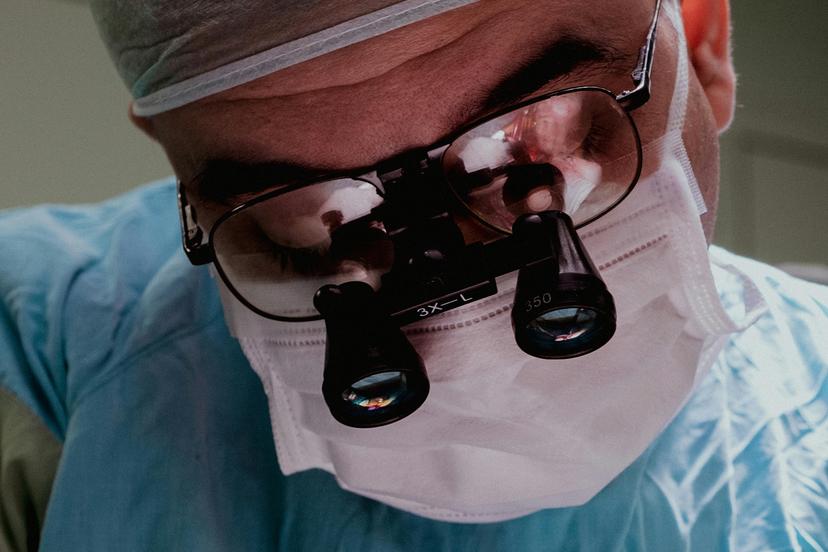
Vitrectomy vs. Observation: Which is Right for You?
Compare the benefits and risks of vitrectomy and observation for
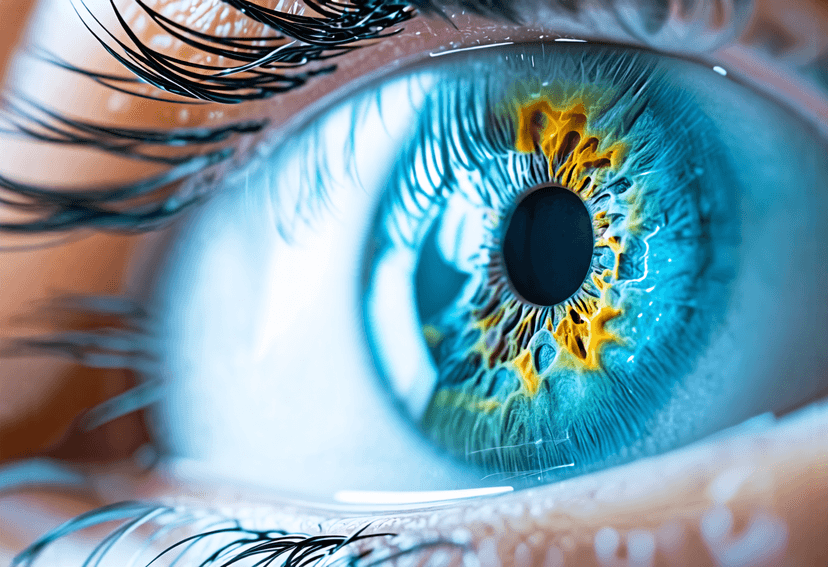
Glaucoma Awareness: Breaking the Silence
Join the conversation and help raise awareness about glaucoma, a

The Importance of Regular Eye Exams for Glaucoma
Discover why regular eye exams are crucial for detecting glaucoma
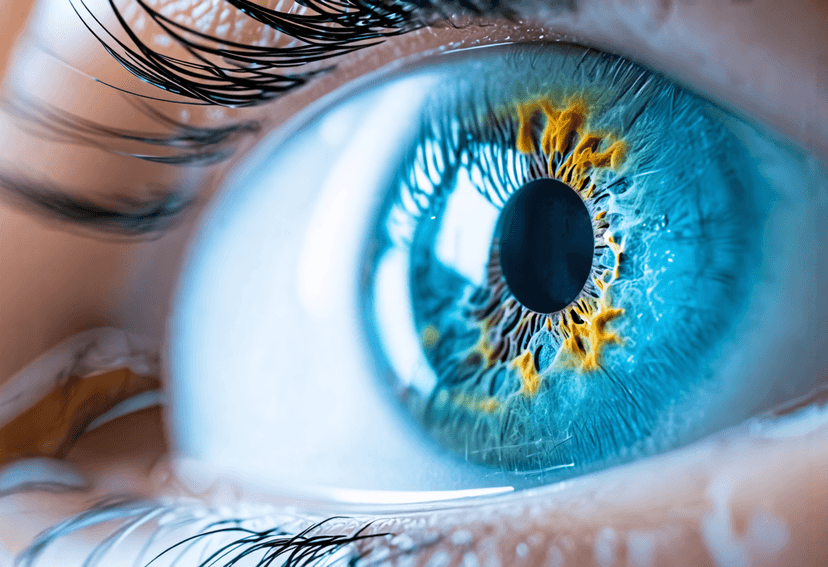
The Importance of Early Glaucoma Detection
Discover why early detection is crucial for effective glaucoma treatment










